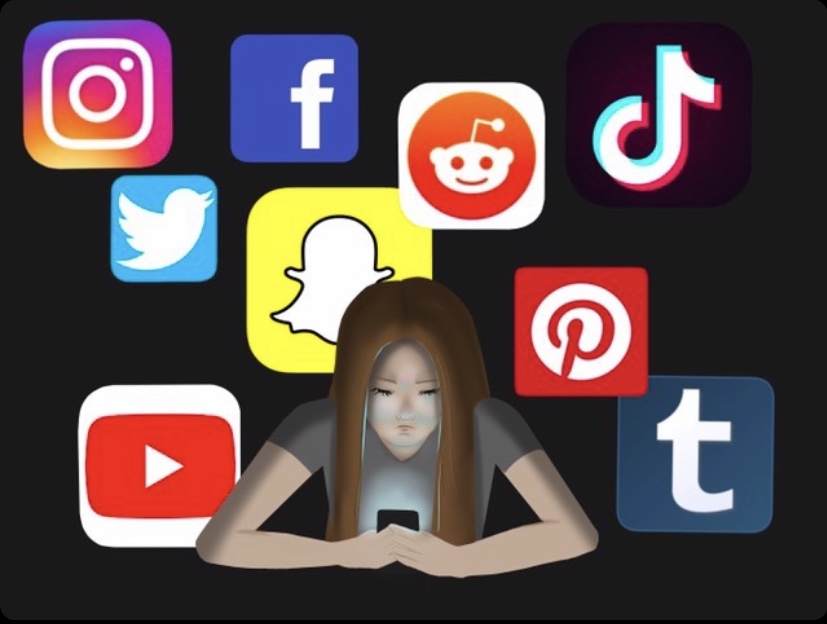The Role of Virtual Reality in Mental Health Therapy

Virtual reality (VR) technology has been around for decades, but it has only recently begun to be used in the field of mental health therapy. VR is a form of computer-generated simulation that allows users to experience a sense of presence in a virtual environment. It is increasingly being used to treat a range of mental health conditions, including anxiety, post-traumatic stress disorder (PTSD), and phobias. In this article, we will explore the role of VR in mental health therapy and its potential benefits.

One of the main benefits of VR in mental health therapy is that it allows patients to confront and overcome their fears in a safe and controlled environment. For example, VR can be used to simulate a phobia-inducing situation, such as a fear of heights or public speaking, allowing the patient to gradually become desensitized to their fear. This exposure therapy has been shown to be highly effective in treating phobias and other anxiety disorders.
VR can also be used to treat PTSD. PTSD is a mental health condition that can develop after a person experiences a traumatic event, such as a car accident or combat. VR can be used to simulate the traumatic event in a safe and controlled environment, allowing the patient to process their memories and feelings associated with the event. This can help patients to overcome their symptoms and improve their quality of life.
Another benefit of VR in mental health therapy is that it allows patients to experience new and positive environments, even if they are unable to leave their current location. For example, VR can be used to simulate a peaceful beach or a forest, which can help patients with depression or anxiety to feel calmer and more relaxed.
VR can also be used to help patients with physical conditions such as chronic pain or burn injuries. It can provide distraction and relaxation to reduce pain and anxiety, and it could also be used to help patients with burn injuries to desensitize themselves to touch, which can be difficult and painful.
Moreover, VR can be used to provide virtual social support to patients with social anxiety or autism. It can help them to practice social interactions in a safe and controlled environment, which can help them to build confidence and improve their social skills.
One of the main challenges with VR in mental health therapy is the cost of the equipment. VR headsets and computers can be expensive, and many clinics and hospitals may not have the resources to invest in this technology. Additionally, there is also a lack of research on the long-term effectiveness of VR therapy, and more research is needed to understand its potential benefits and limitations.
In conclusion, VR has the potential to revolutionize the field of mental health therapy. It allows patients to confront and overcome their fears in a safe and controlled environment, and it can provide new and positive experiences for patients. However, it’s worth mentioning that VR should be used as an adjunctive therapy to traditional therapy methods and not as a replacement. Additionally, more research is needed to understand its long-term effectiveness and to make it more accessible to patients. As the technology continues to evolve and improve, the use of VR in mental health therapy is likely to become more widespread, and it has the potential to improve the lives of millions of people suffering from mental health conditions.
Another benefit of VR in mental health therapy is that it allows for remote therapy sessions, enabling patients to access therapy from the comfort of their own homes. This can be particularly beneficial for patients who have mobility issues, live in remote areas, or have difficulty leaving their homes due to anxiety or depression. Remote therapy sessions can also be more convenient for patients and can make therapy more accessible and affordable.
Additionally, VR allows for the creation of tailored and customized treatment programs for patients. By using VR, therapists can create specific simulations that are tailored to a patient’s individual needs and fears. This level of customization can help to make therapy more effective and efficient.
Another advantage of VR in mental health therapy is that it can be used to provide support and education to patients and their families. VR can be used to simulate real-life scenarios, allowing patients and families to learn how to cope with the condition and how to handle specific situations.
However, it’s important to mention that not all patients are suitable for VR therapy, it’s a matter of case by case. Some patients may be uncomfortable with the technology, or they may have physical or cognitive limitations that make it difficult for them to use VR. Additionally, VR should not be used as the sole form of treatment for mental health conditions and it should always be used in conjunction with traditional therapy methods.
In conclusion, the use of VR in mental health therapy is a promising development in the field of mental health. It allows patients to confront and overcome their fears in a safe and controlled environment, and it can provide new and positive experiences for patients. Additionally, it allows for remote therapy sessions, enables tailored and customized treatment programs, and can provide support and education to patients and their families. However, more research is needed to understand its long-term effectiveness and to make it more accessible to patients. As the technology continues to improve, the use of VR in mental health therapy is likely to become more widespread and have a positive impact on the lives of many people living with mental health conditions.




